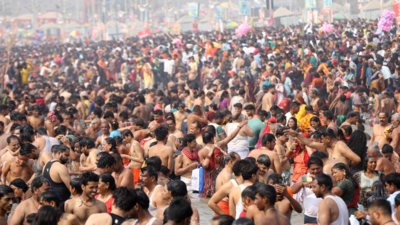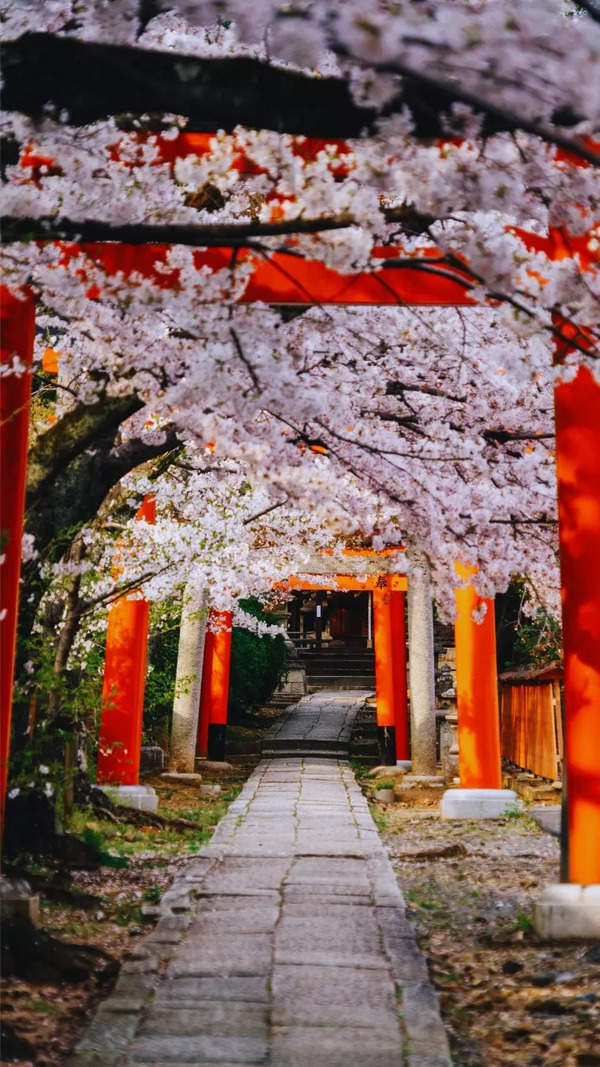- News
- City News
- prayagraj News
- Akharas lower their flags, begin leaving Maha Kumbh
Trending
Akharas lower their flags, begin leaving Maha Kumbh
The Maha Kumbh concludes on February 26, and the 13 akharas begin their departure, marked by lowering their flags after the final 'Amrit Snan'. The seers participate in a 'kadhi pakoda' feast before moving to places like Kashi, Ayodhya, and Punjab for various rituals. General devotees continue holy dips post Basant Panchami.
NEW DELHI: The Maha Kumbh officially concludes on 26 February, but for the 13 akharas that embody the essence of this grand congregation, it is already time to move on. The first indication of their departure is the lowering of their respective flags. Following the final ‘Amrit Snan’ on Basant Panchami on Monday, the akharas have begun leaving, marking the occasion with a traditional ‘kadhi pakoda’ meal.
Poll
What Captivates You the Most About the Maha Kumbh Festival?
The 13 akharas belong to various sects, including sanyasis (worshippers of Lord Shiva), bairagis (followers of Lord Ram and Lord Krishna), and udasins (devotees of the five deities). Nearly 150 seers from the Bairagi sect’s Panch Nirvani Akhara began departing on Tuesday, with around 35 still remaining.
"Once Thakur Ji (the deity) is ceremoniously moved, the ‘dharma dhwaja’ (religious flag) will be lowered," said Mahant Raju Das of Shri Panch Nirvani Ani Akhara, which is affiliated with Hanuman Garhi in Ayodhya.
"Our akhara will hold the ‘kadhi pakoda’ feast on 7 February, after which the seers will start loosening the ropes of the ‘dharma dhwaja’ and commence their departure," said Juna Akhara’s international spokesperson, Shri Mahant Narayan Giri.
He added that they will first travel to Kashi, where they will remain until Mahashivratri. There, they will take part in a grand procession, visit Kashi Vishwanath, celebrate Masane Ki Holi (a unique Holi festival among ascetics), and take a ritual dip in the Ganges before heading to their respective monasteries and ashrams.
Sadhus from the Awahan and Panch Agni akharas will also hold similar processions in Kashi before returning to their places of origin, Giri noted.
Among the Bairagi akharas, some will journey to Ayodhya, while others will travel to Vrindavan. Members of the Udasin and Nirmal akharas will proceed towards Punjab, particularly Anandpur Sahib.
According to Giri, after Basant Panchami, the remaining holy dips at the Maha Kumbh—Maghi Purnima and Mahashivratri—are primarily for the general devotees. The seers of the akharas do not stay back for these occasions.

About the Author
TOI City DeskEnd of Article
FOLLOW US ON SOCIAL MEDIA










